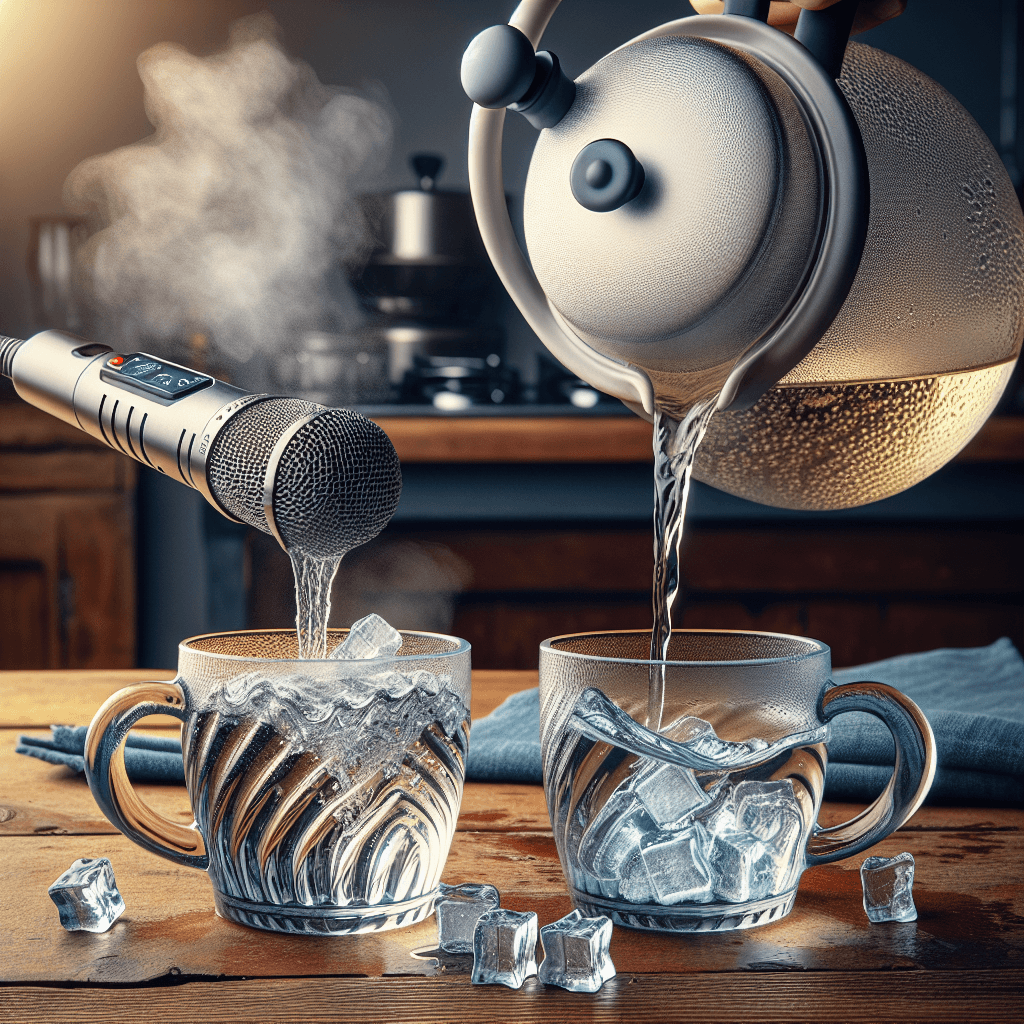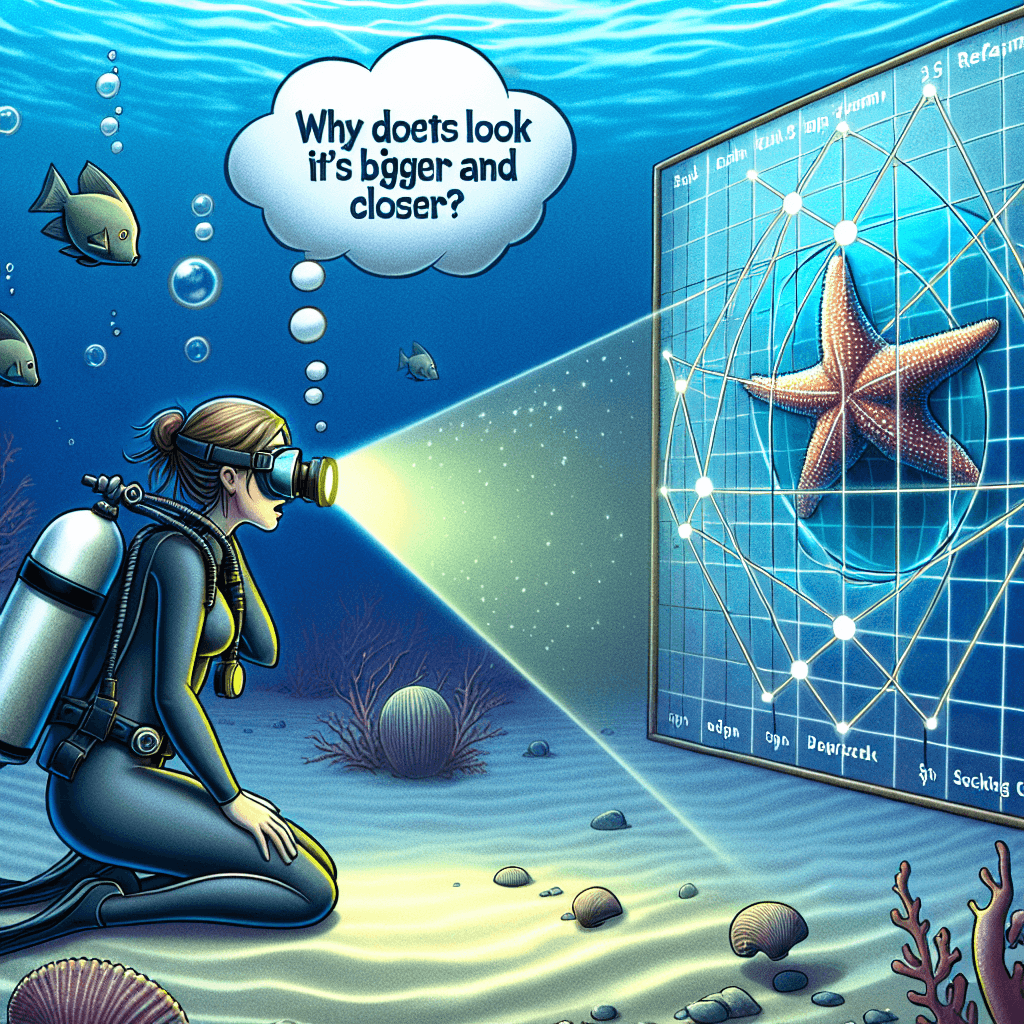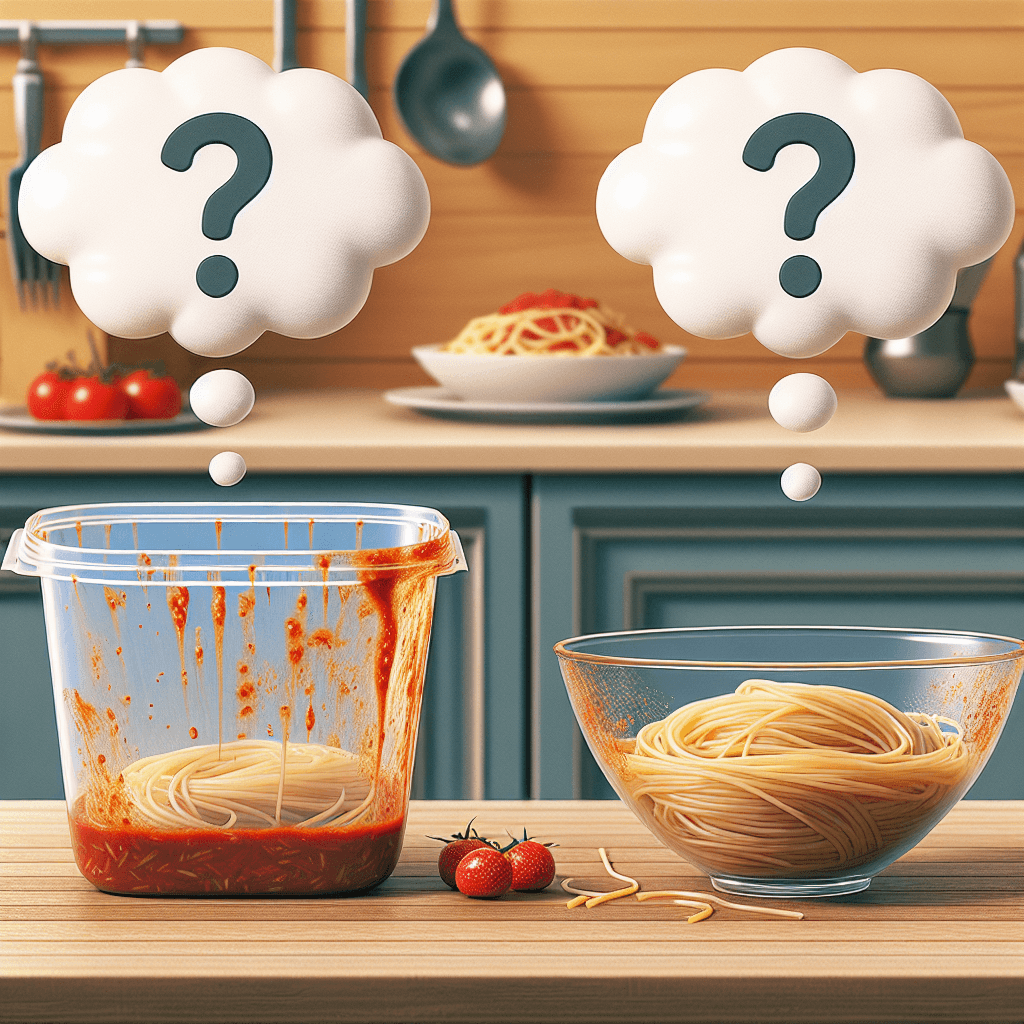Why does the sound of pouring hot water differ from pouring cold water
It's not just your imagination; the high-pitched hiss of hot water is fundamentally different from the low glug of cold water, and the simple science behind this everyday phenomenon will surprise you.


Too Long; Didn't Read
TLDR: Hot water is less viscous (thinner) than cold water. This difference in thickness changes how the water molecules interact and form bubbles when poured, resulting in a higher-pitched sound for hot water and a lower-pitched sound for cold water.
The Acoustic Kettle: Why Does the Sound of Pouring Hot Water Differ from Pouring Cold Water?
Have you ever stopped to listen while making a cup of tea? Close your eyes and imagine the sound. First, the crisp, almost "glugging" sound of cold water filling the kettle. Then, after it boils, the deeper, smoother "gushing" sound as you pour the hot water into your mug. It's a subtle difference, but it's unmistakably there. This isn't just your imagination; it's a fascinating phenomenon rooted in basic physics. This blog post will delve into the science behind this everyday acoustic marvel, exploring why the temperature of water fundamentally changes the sound it makes when poured.
The Key Player: A Matter of Viscosity
The primary reason for the difference in sound lies in a property of fluids called viscosity. In simple terms, viscosity is a measure of a fluid's resistance to flow—or its "thickness." Think of the difference between pouring honey (high viscosity) and pouring water (low viscosity). Honey flows slowly and thickly, while water flows freely.
What many people don't realize is that water's viscosity changes significantly with its temperature.
- Cold Water: Molecules in cold water have less energy. They are packed more closely together and move sluggishly, creating stronger bonds between them. This results in higher viscosity, making cold water slightly "thicker" and more resistant to flow.
- Hot Water: Heating water gives its molecules more kinetic energy. They vibrate and move around much faster, weakening the intermolecular bonds. This results in lower viscosity, making hot water "thinner" and allowing it to flow more easily.
This change in viscosity is the main driver behind the different sounds you hear.
How Viscosity Changes the Tune
The sound of pouring water isn't from the water itself, but from the tiny air bubbles that get trapped and oscillate as the water hits a surface and churns. The pitch of the sound we hear is directly related to the size and oscillation speed of these bubbles. This is where viscosity comes into play.
The Higher Pitch of Cold Water
When you pour cold, more viscous water, its "thickness" resists the formation of large air bubbles. Instead, it tends to trap smaller, more compact bubbles. Just like a smaller bell produces a higher-pitched ring, these small bubbles oscillate very quickly, vibrating at a high frequency. Our ears interpret this high-frequency vibration as a higher-pitched sound—that crisp, "tinkling" or "glugging" noise we associate with cold water.
The Lower Pitch of Hot Water
Conversely, when you pour hot, less viscous water, its "thinner" nature makes it much easier for air to move through it. This allows larger air bubbles to form and become trapped as it pours. These larger bubbles are more sluggish and oscillate more slowly, creating a low-frequency vibration. This results in the lower-pitched, "hushing" or "gushing" sound characteristic of hot water. Studies in fluid dynamics have confirmed this principle, showing a direct correlation between lower fluid viscosity and the formation of larger, slower-vibrating bubbles.
Surface tension also plays a supporting role. Hot water has lower surface tension, which further eases the formation and release of larger bubbles, contributing to the deeper sound.
Conclusion: The Physics in Your Kitchen
The next time you pour a glass of water or make a hot beverage, take a moment to listen. That simple auditory difference is a real-world demonstration of fundamental physics. It’s a reminder that a simple change in temperature can alter the physical properties of a substance like water in ways we can directly perceive.
To recap, the key takeaways are:
- The sound of pouring water is caused by oscillating air bubbles.
- The main difference is due to viscosity, which decreases as water gets hotter.
- Cold, high-viscosity water traps small, fast-vibrating bubbles, creating a higher-pitched sound.
- Hot, low-viscosity water traps large, slow-vibrating bubbles, creating a lower-pitched sound.
This fascinating phenomenon transforms a mundane daily activity into a small-scale science experiment, proving that remarkable physics can be found in the most unexpected places—even in your kitchen sink.
More Articles

Why do things underwater look bigger and closer than they really are?
It’s not your eyes playing tricks on you—it's a fascinating law of physics that turns the entire underwater world into a giant magnifying glass.

Why do spaghetti stains cling to plastic tubs but not glass bowls?
Discover why tomato sauce permanently dyes your plastic containers but wipes clean from glass—it's not your scrubbing power, but a simple case of molecular attraction.

Why was a brilliant philosopher's name twisted into the modern word for a fool?
He was a celebrated intellectual giant, yet a centuries-long smear campaign by his academic rivals twisted his very name into a common insult for a fool.